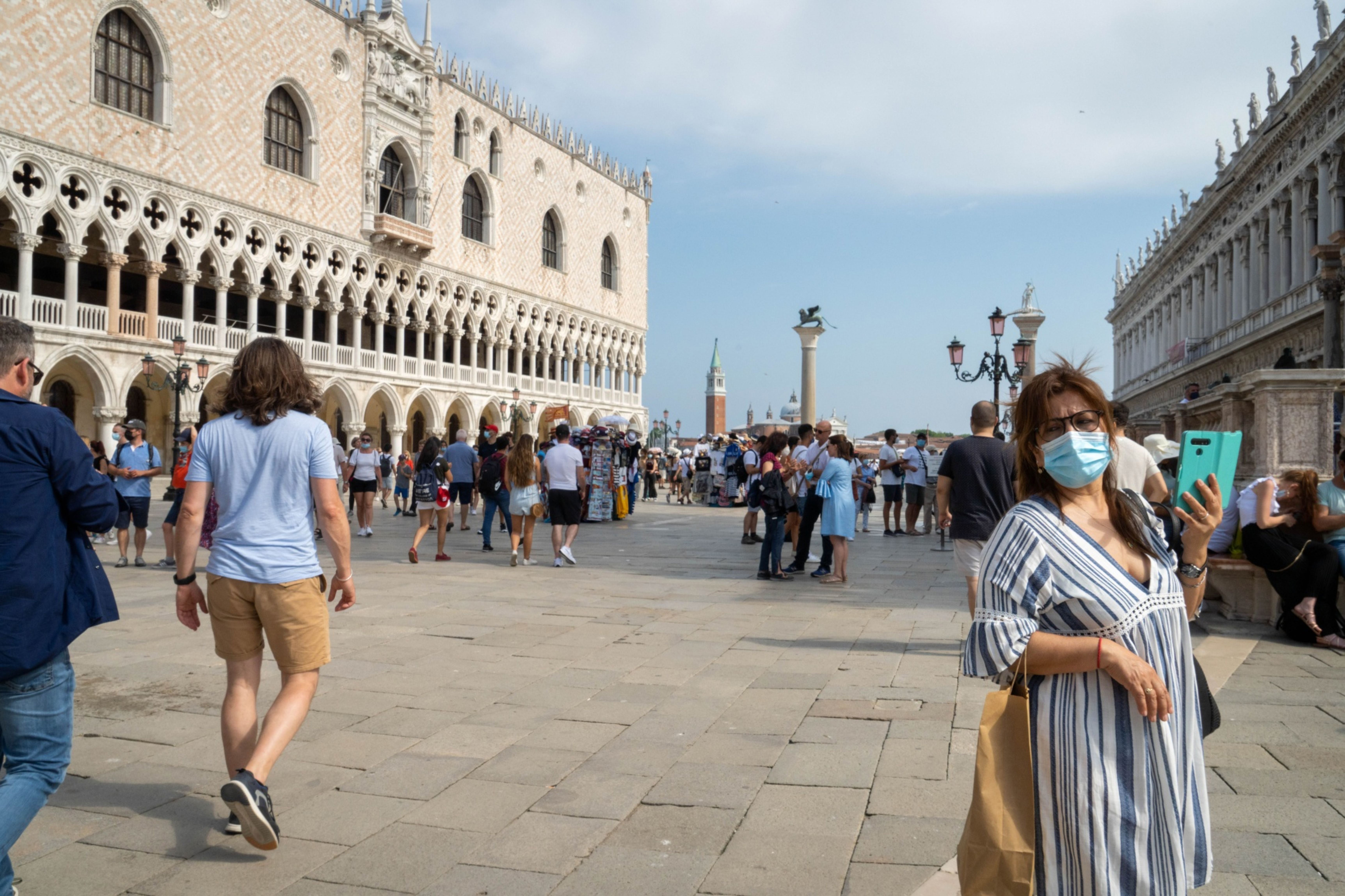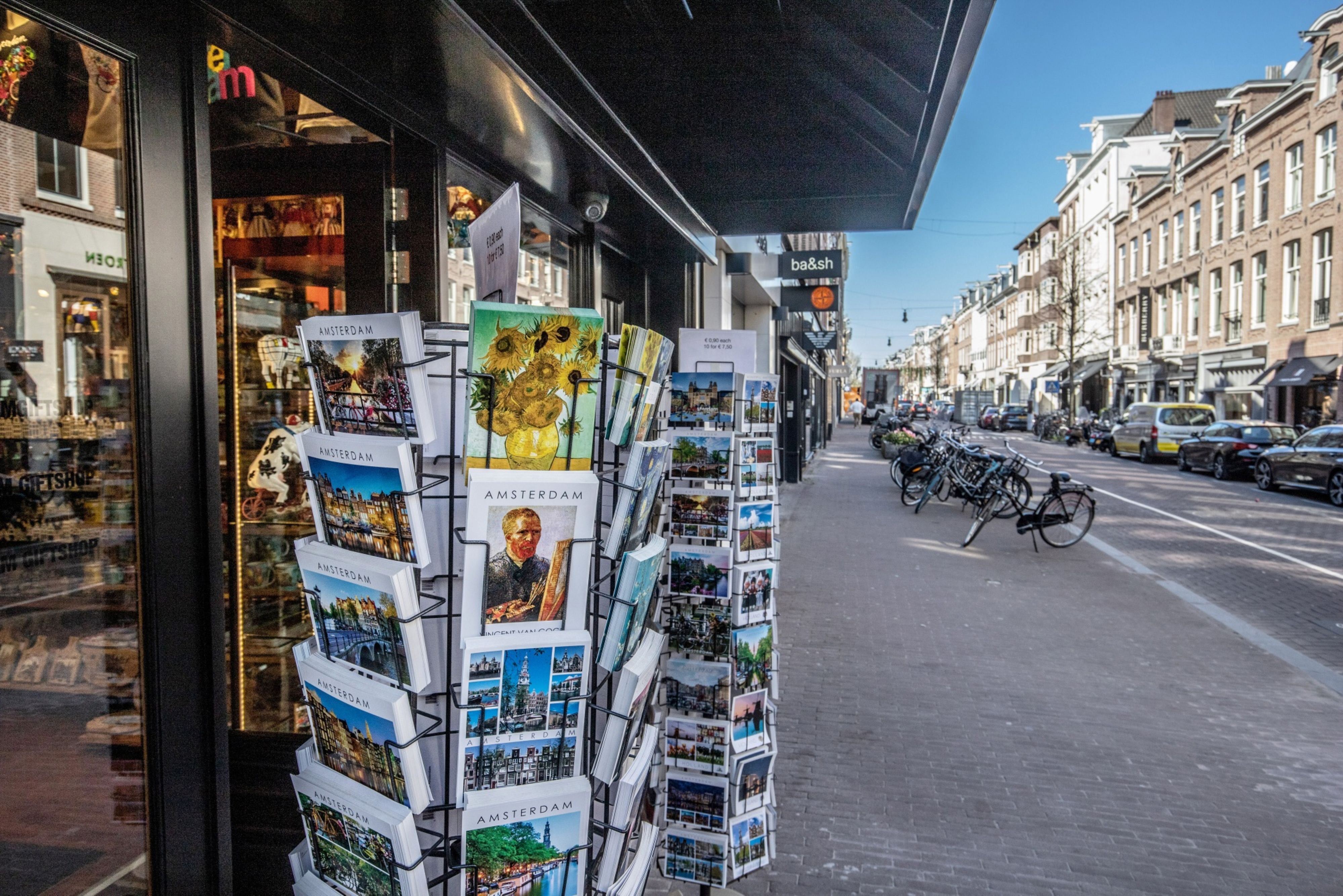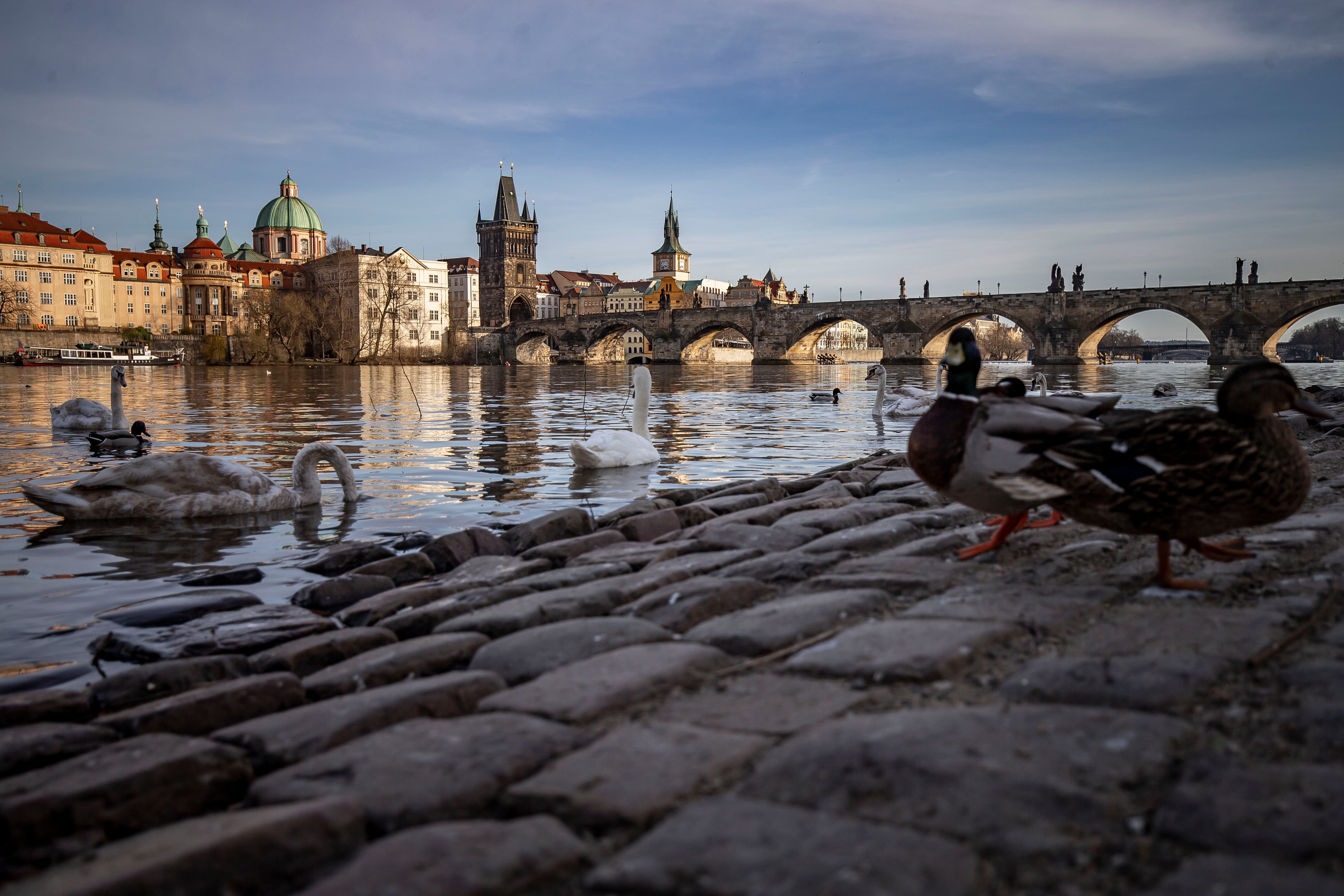Why some European cities want to keep the tourists away
For cities around the world, the pandemic has seen them emptied of tourists, now some in Europe want to make sure they don’t come back in quite the same numbers as before, writes Paul Tullis

Your support helps us to tell the story
From reproductive rights to climate change to Big Tech, The Independent is on the ground when the story is developing. Whether it's investigating the financials of Elon Musk's pro-Trump PAC or producing our latest documentary, 'The A Word', which shines a light on the American women fighting for reproductive rights, we know how important it is to parse out the facts from the messaging.
At such a critical moment in US history, we need reporters on the ground. Your donation allows us to keep sending journalists to speak to both sides of the story.
The Independent is trusted by Americans across the entire political spectrum. And unlike many other quality news outlets, we choose not to lock Americans out of our reporting and analysis with paywalls. We believe quality journalism should be available to everyone, paid for by those who can afford it.
Your support makes all the difference.On a warm Friday night in July, the sun seemed to linger behind Amsterdam’s low, 16th century skyline. In the red light district, the crush of tourists that was common before the pandemic had long since vanished, making it easy for a delivery worker to cycle past a handful of gawkers around the old town’s notorious storefronts.
While six German men in matching T-shirts ignored signs warning of a €95 (£81) fine as they swilled beers on a nearby footbridge, they were the exception. Mostly, only small groups of sedate strollers were about on this midsummer evening.
Centuries before its more lurid attractions took hold, Amsterdam was already a tourist draw. As far back as 1345, when a communion wafer at a local church apparently proved indestructible, pilgrims flocked to see the miracle host. In modern times, decidedly fewer spiritual activities have drawn millions to the city’s quaint, canal-lined quarters. And the noise, garbage and violence followed.
The city was already scrambling to find ways to restrain the tourist trade before the coronavirus struck. Hefty fines for public drinking, tight restrictions on short-term rentals and outright bans on certain types of shops were implemented. But more visitors kept coming. By 2019, their numbers approached nine million – more than ten per resident.
Then it all stopped. For months, tourists were nowhere to be found as borders were sealed tight. Later, as infection waves receded, only a trickle returned. Overall, almost 25 per cent fewer tourists have visited Amsterdam’s commercial establishments since Covid-19 arrived.
Even in the red light district, the lack of drunken revellers remains apparent despite many restrictions having been lifted. Locals wander wide-eyed through a part of town they rarely visit, amazed at its architectural beauty. Among city officials, this tiny silver lining to a global health catastrophe planted a seed. While Amsterdam, arguably, needs tourism to survive, maybe this once-in-a-century pandemic could be used to remake how the city embraces it.
As it turns out, other tourist hotspots across Europe have the same idea.
Cities want to mould visits into shapes less onerous for residents and perhaps more lucrative for business. Optimally, a virtuous circle can be created where loud partiers are supplanted by museum-goers with more money to spend – or so the thinking goes.
We need to focus on what residents need and show a city that’s not a film set but alive with people from Prague
Call it curated tourism.
Hana Třeštíková, Prague’s councillor for tourism, says: “We met representatives from Amsterdam, Barcelona and Florence during the pandemic and all of us were thinking the same thing. Before Covid, over-tourism had become almost unbearable and Covid gave a pause to try to make some changes in what our cities represent, how we promote ourselves and how we must focus on quality of visits not quantity.”
Not so long ago, these cities marketed themselves to everyone. But Amsterdam’s widely available cannabis and legal prostitution, Barcelona’s urban beaches and Prague’s famous beer halls increasingly attracted tourists who brought what Geerte Udo, director of Amsterdam & Partners, diplomatically calls “negative effects”.
When much of Europe shut down last year, the medieval centre of Amsterdam – a Unesco World Heritage Site – took on “a breathtaking beauty”, says Udo, whose non- profit concern serves as a civic booster. The emptiness also revealed how few locals actually live there, she says: “You feel it’s not [much] more than a theatre backdrop.”
But the pandemic also made clear how important tourist euros are to the livelihood of these cities. About 13 per cent of Barcelona’s economy and 11 per cent of Amsterdam’s jobs can be tied to visitors.
Lénia Marques, assistant professor of cultural organisation and management at Erasmus University in Rotterdam, says cities are thinking: “‘Who is the tourist we’re inviting? Do we want this mass needing more hotels, or do we seek tourists more interested in our culture, a tourist who will appreciate more of what we have – and be able to spend more?’”
In recent years, Prague’s tourist problem started to resemble Amsterdam’s, Třeštíková says. The Czech capital was getting eight million visitors a year, almost doubling between 2012 and 2019 and like Amsterdam, most headed to the same neighbourhoods. In Prague’s case, they clog the Old Town Square and Charles Bridge.
Třeštíková says: “The city centre is not a residential locality any more. There are not many apartments and those are largely occupied by expats or converted to hotels and short-term rentals. We need to focus on what residents need and show a city that’s not a film set but alive with people from Prague.”

But reshaping a city’s tourist trade is harder than just changing marketing firms. Třeštíková says the biggest factors behind “low-quality” visits aren’t in the city’s control. The cost of tickets on budget airlines, the number of Airbnb units and even the price of beer can only be changed at the national level, she said.
A spokesperson for the Czech Ministry of Regional Development acknowledged that taxes on alcohol and air travel are determined by parliament but noted Prague’s city council can submit legislative proposals. A bill from the city that would provide municipalities with more power to regulate short-term rentals is currently under consideration, he said.
Situated in the most-visited part of the second-most-visited country in the world (after France), Barcelona faces a unique challenge when it comes to transforming tourism. While the city’s “negative effects” are less extreme than those endured by Amsterdam or Prague, Xavier Marcé, councillor for tourism and creative industries, says he wants to attract tourists interested in more than just its seaside location.
He says: “When I visit New York, I am interested in what New Yorkers do. It’s much better to have a tourist model linked to culture or science because it means that there is a connection with the resident.”
Barcelona has designed a network of bus stops to spread visitors more evenly around the city while also freezing new licences for short-term rentals – the abuse of which has been a key cause of over-tourism, Marcé says.
Marcé says Airbnb, “advertises apartments but they don’t check the legal status of those apartments. It’s when we let them know that the apartment is illegal when they remove it immediately”.
Andreu Castellano, an Airbnb spokesperson, says the company has worked with Barcelona officials since 2018 to drop operators “who don't respect the rules”. He added that, “more than 7,000 bad actors have been removed as a result”.
In Italy, some Venetians want to do the opposite of what Barcelona is trying. Melissa Conn, director of US charity Save Venice, says: “Spread out tourism? That’s worse.” She says she prefers visitors stick to Piazza San Marco so residents can have the rest of the city to themselves. Save Venice vice president Alberto Nardi agrees but warns that tourism is critical to the city’s survival. The owner of a jewellery shop on the piazza, Nardi says Venice’s population has been declining, its cost of living rising and non-tourism jobs vanishing.
Venice must, “develop businesses that are different from tourism”, he says.
For cities looking to change who comes calling, any effort requires an advertising campaign. Amsterdam has launched such an effort, spending €160,000 to “stimulate desired behaviour” by tourists – namely by attracting different ones. Deputy mayor for economic affairs Victor Everhardt announced the initiative in June, which includes ads geared to urban residents in nearby countries such as France, Belgium and the UK.

He says: “We’re focusing on people who have interest in culture in the broadest sense of the word. We try to persuade them to visit all these other beautiful parts of the city.”
Even before Covid, Prague officials hired an agency that sought to persuade tourists, “to come for more than two nights”. During the short-lived summer 2020 reopening, the city introduced “Prague Unlocked”, a campaign aimed at a Czech audience, since foreign travellers were still rare. It was a success. Usually, just 15 per cent of Prague’s tourists are domestic (compared with 20 per cent in Vienna and almost 50 per cent in Paris). But in 2020, the number of Czech visitors rose by 16 per cent, with many staying in three- and four-star hotels, Třeštíková says.
Then there’s the other side of the equation. Udo of Amsterdam & Partners says her group is lobbying the Dutch government to impose a minimum price on plane tickets, while others want to ban Airbnb from the city altogether. Barcelona has instituted a new tax on stays in tourist establishments that goes to the municipal government. It could raise as much as €16.5 million annually with the revenue used to promote less-visited neighbourhoods.
Technology is also being leveraged to redirect tourist flows. “Amsterdam works with phone companies to know how many people are in certain areas, then they can take measures to stop more people coming in,” said Lénia Marques of Erasmus University. As areas become too crowded, visitors will receive a text message with an offer for an attraction in a different part of town. If things get really bad, stanchions will be erected to stop more people from entering and overcrowded area, she says.
But any plan that risks cutting tourist cash – even for a short time – is likely to run into trouble with businesses already deeply hurt by the pandemic. For curated tourism to have a chance, says Barcelona’s Marcé, a city’s hospitality sector must be on board.
He says: “Barcelona’s hospitality sector is very strong. You can’t suddenly say there will be half as many tourists.”
© The Washington Post



Join our commenting forum
Join thought-provoking conversations, follow other Independent readers and see their replies
Comments